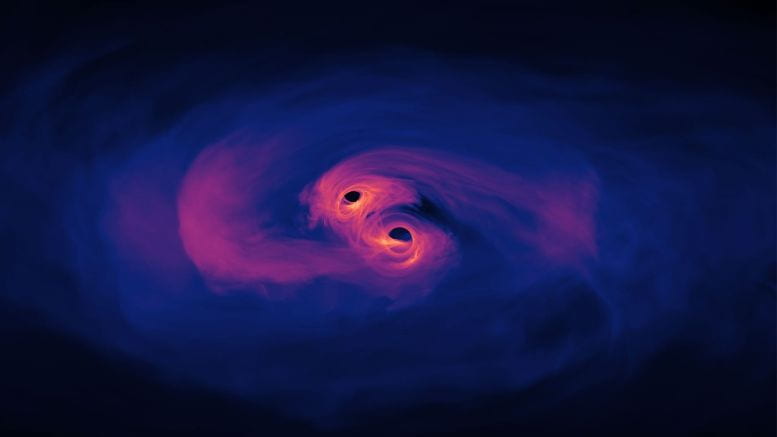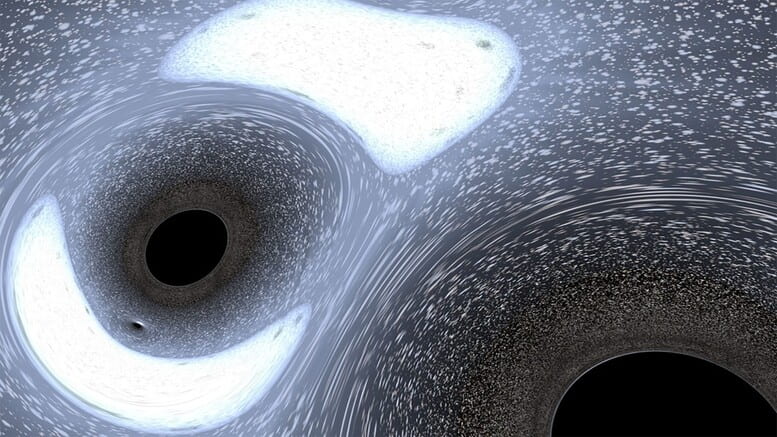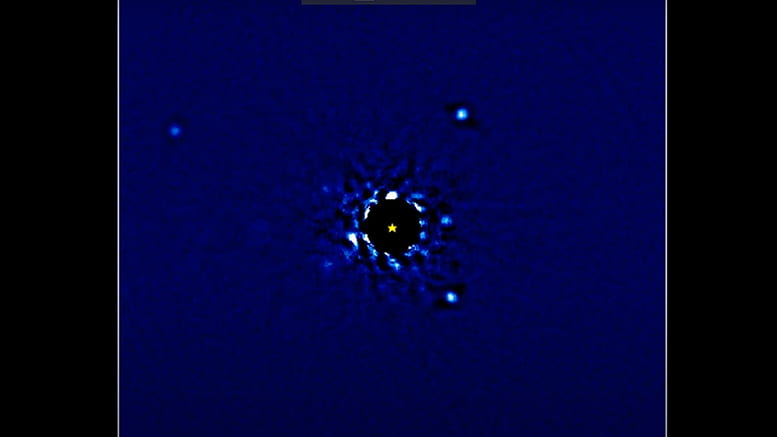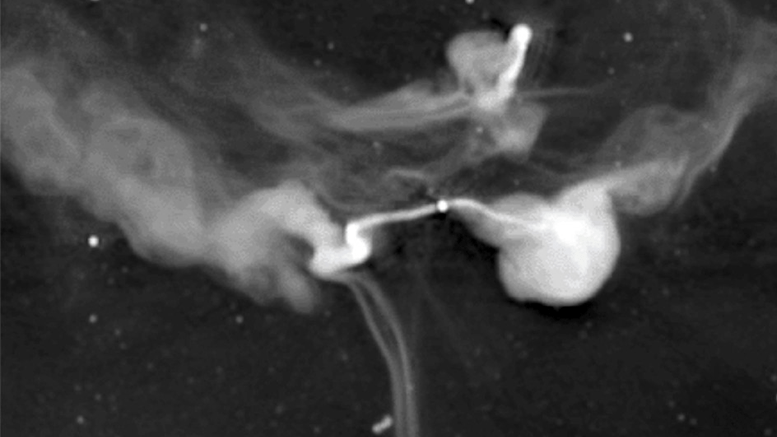First Radio Pulses Traced to Dead-Star Binary



Northwestern University astrophysicists are part of an international team of scientists using advanced simulation tools that has predicted the existence of merging massive, 30 solar mass black hole binaries in Milky Way-like galaxies, challenging previous theories. The team, which includes Northwestern’s Vicky...

While searching for the origins of a powerful gamma-ray burst (GRB), an international team of astrophysicists may have stumbled upon a new way to destroy a star. Although most GRBs originate from exploding massive stars or neutron-star mergers, the researchers concluded...

In a new Northwestern University-led study, astrophysicists crunched 12.5 years of data from 45 dead stars (called pulsars) to set the best limits yet on the gravitational wave signatures emitted from pairs of monster black holes. Knowing these limits will...

An international team of astrophysicists has discovered something wholly new, hidden in the center of the Milky Way galaxy. In the early 1980s, Northwestern University’s Farhad Yusef-Zadeh discovered gigantic, one-dimensional filaments dangling vertically near Sagittarius A*, our galaxy’s central supermassive black hole. Now,...

New 3D computer simulations have found that, if they do exist, intermediate-mass black holes likely devour wayward stars and then fling the remains across the galaxy. Northwestern astrophysicists led by Fulya Kıroğlu modeled black holes of varying masses and then hurled...

Northwestern played a crucial role in the historic detection of gravitational waves, which were first predicted by Albert Einstein in 1916. On September 14, 2015, a team of more than 1,000 scientists and engineers from around the world detected these...

Astrophysicist Jason Wang of Northwestern University has unveiled a new time-lapse video of the HR8799 planetary system. The first extrasolar planetary system to be directly imaged in 2008, HR8799 boasts four Jupiter-sized planets that orbit its star. “It’s usually difficult to...

Astrophysicists from Northwestern University and the University of California San Diego (UC San Diego) have made an extraordinary discovery - the tightest ultracool dwarf binary system ever observed. The two stars in the system, named LP 413-53AB, revolve around each...

Northwestern researchers Vicky Kalogera, Wen-Fai Fong, and Charlie Kilpatrick were recently chosen as finalists to be part of a NASA-led team that will launch a research facility into space in 2028. The winning team will pilot a groundbreaking new mission named STAR-X and will receive $300 million...

Northwestern University astrophysicist Farhad Zadeh has been fascinated and puzzled by a family of large-scale, highly organized magnetic filaments dangling in the center of the Milky Way ever since he first discovered them in the early 1980s. Now, 40 years later, Zadeh remains...